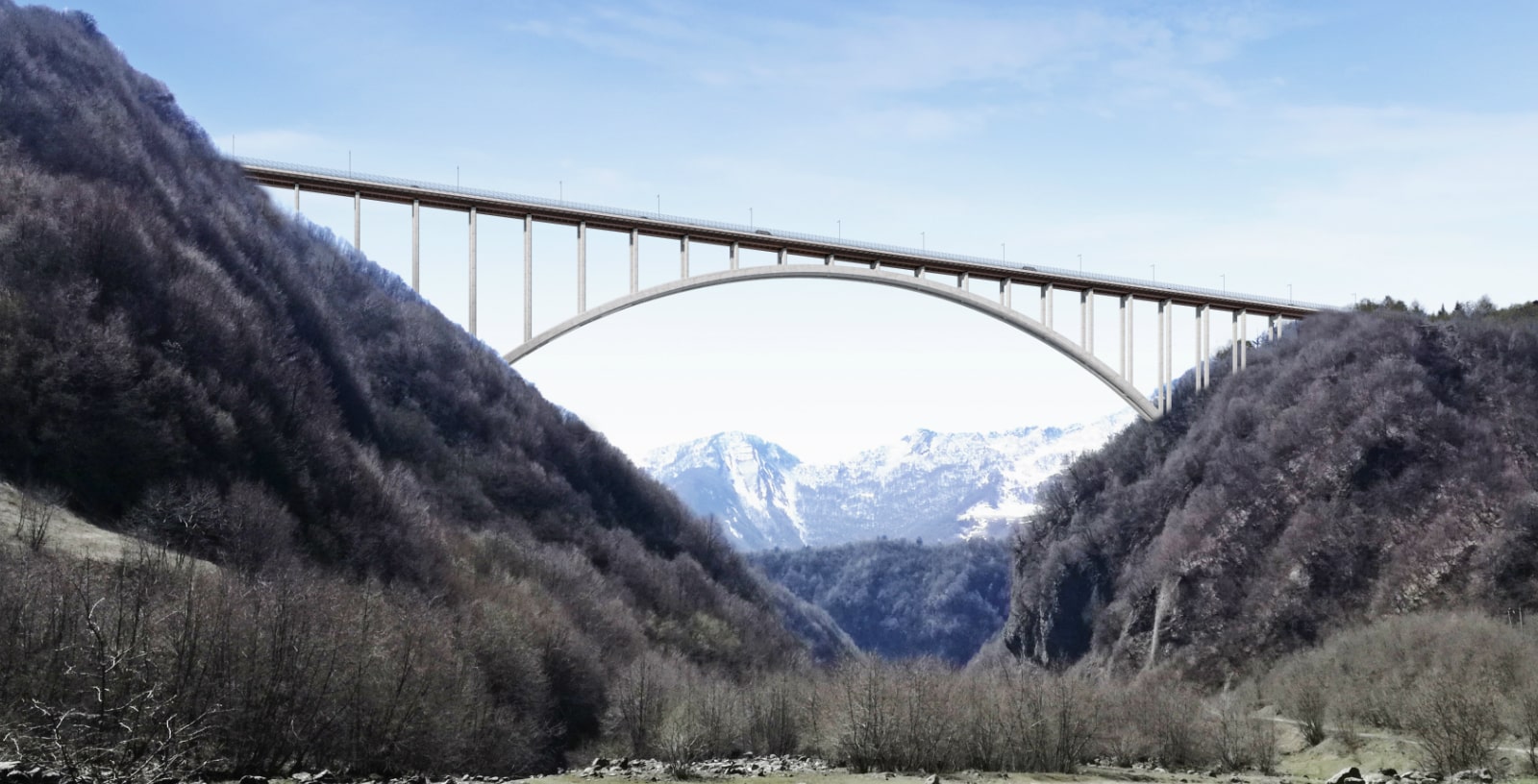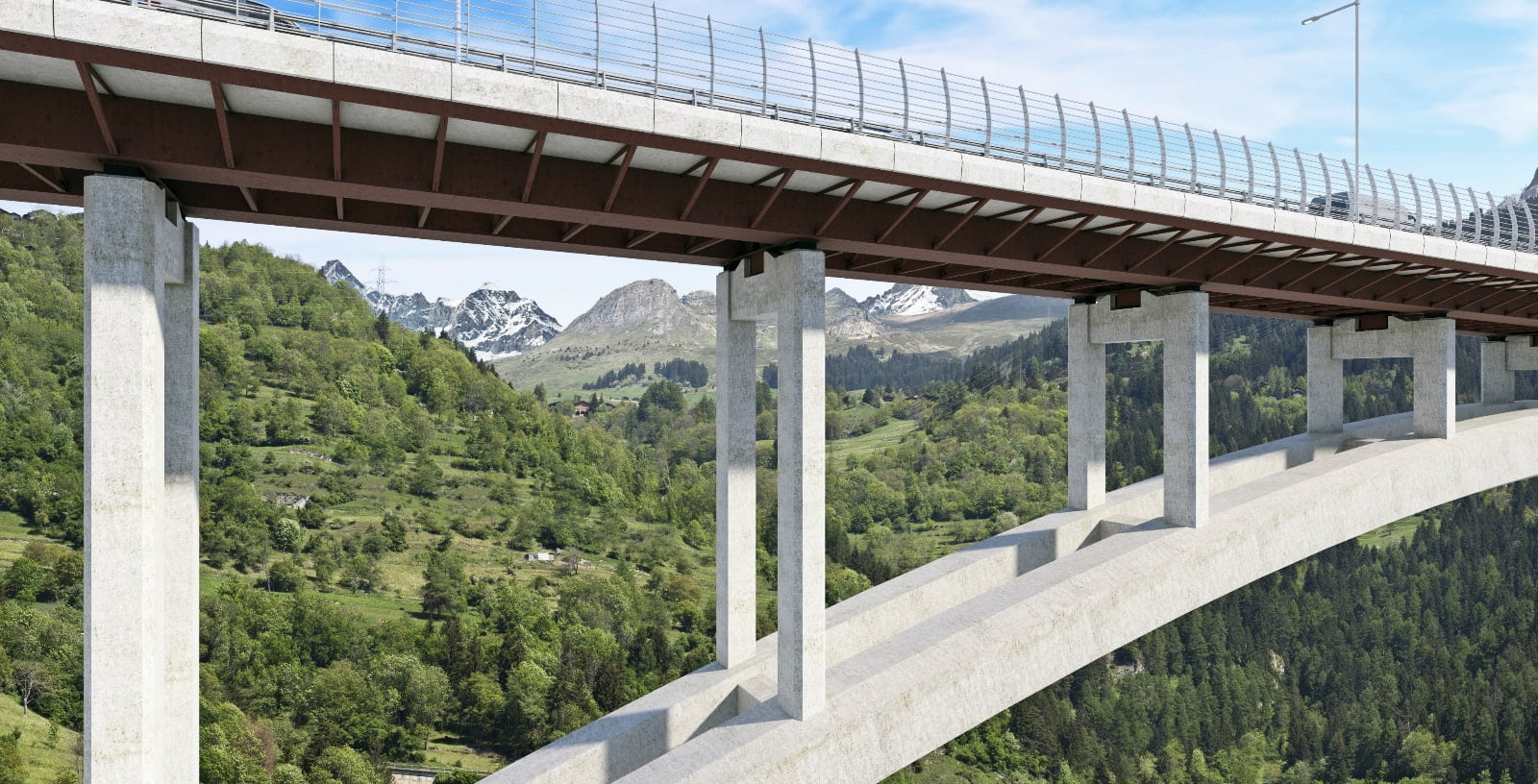Jinvali-Larsi Road
Georgia
Located along a transit corridor connecting Europe and Asia, Georgia has the potential to link a number of countries in the region to the Global Economy. Roads from the break of bulk points on the Black Sea ports such as Poti, Sokhumi and Batumi… Aware of these circumstances, a number of infrastructure projects have been initiated by the Georgian Government to improve the physical as well as the operating climate of the land transport, with the support of international development partners.
Improving the road network in the Caucasus
The North-South Corridor Project is a strategic project in the Government’s effort of transforming Georgia into a transport and logistics hub for trade between Central Asia and the Far East on the one hand, and Turkey and Europe on the other. Connecting to the main border crossing points is becoming a critical part of Georgia to enhance its role as a transit country along the Silk Road.
The former Georgian Military Highway has become a key traffic hub in the Caucasus region. The traffic discontinuity is a major impediment to meeting the increasing transport demand on the North-South Corridor and harnessing the tourism potential of the region (Gudauri ski resort, Kazbegi National Park, etc.). The North-South Corridor is a lifeline for Georgian and Armenian economic activities. In addition, once the infrastructure is improved, it will be an important alternative for traffic between several countries of the region.
The current conditions along the more than 110 km of high mountain road that connects the towns of Jinvali and Larsi raised doubts about the technical feasibility of the project. The objective was ambitious: to substantially improve the features of the infrastructure, making it possible to maintain the road permanently open to traffic, protected from the instability of the land and the extreme weather conditions. Currently, the weather, specifically snowfall is the reason for the road being closed many days during the winter months.
The pre-feasibility and feasibility studies developed by IDOM have demonstrated the viability of the investment, as well as defining the general lines of action, all in accordance with the technical professionals of the Roads Department of Georgia, and the involved international financial institutions (World Bank, Asian Development Bank and European Bank for Reconstruction and Development.
The solution designed in the Detailed Engineering phase, for the central section, Kvesheti-Kobi, reduces the length of the route from 35 km to 22 km, and the travel time from one hour to approximately 20 minutes, improving road safety conditions during operation. To achieve this, the future road will include several viaducts and tunnels, including an arch bridge, 432 m in length and with a span of 285 m over Khada valley.
At the highest point of the route (3,300 m), under Mount Sadzele, a 9-km tunnel will be built using a 15 m in diameter tunnel boring machine (TBM). The design of this long tunnel includes both the civil works and security installations according to European Standards.
Bridges, Tunnels & Roads (BTR)
Improving the road network in the CaucasusCLIENT:
Ministry of Regional Development and Infrastructure of Georgia
SCOPE:
Feasibility Study and Detailed Engineering









